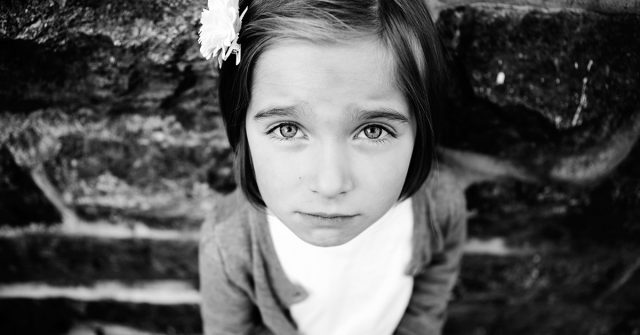Children feel anxious and fearful about different things at different stages in their lives. And some of these worries and anxieties are considered a normal part of growing up.
Children from the age of 6 months to 3 years have separation anxiety i.e. they get very clingy and needy and they cry whenever they are separated from their parents or caregivers. Preschool children have different phobias that include insects, storms, blood, heights, animals, and the dark. These fears diminish slowly as they grow up.
There are also other situations when children feel anxious and these include, going to a new school, feeling shy in social situations, or experiencing anxiety or panic attacks before tests and exams. And when anxiety starts interfering with the child’s everyday life, then it becomes a problem. Extreme anxiety harms the child’s emotional and mental wellbeing. It also deteriorates their confidence and their self-esteem.
Signs of anxiety in children include: waking in the night, becoming irritable and tearful, bedwetting, having bad dreams, having difficulty sleeping, lack of concentration, angry outbursts, lack of confidence when it comes to trying new things, avoiding everyday activities, having negative thoughts, etc.
If your child is suffering from anxiety, you can help them by talking with them about what is worrying them. Show them you are there for them and that you understand what they are going through. If your child is older, then you can explain to them what anxiety is and talk openly about their feelings.
Other ways you can help them:
Encourage your child to ask for help whenever they feel anxious;
Don’t be overprotective or anxious yourself;
Children find solace in routines, so try to stick to routines every time you can;
If there is an inevitable change happening, like a house move, prepare your child by first talking to them and telling them step by step what’s going to happen;
Practice relaxation techniques with your child like taking deep breaths;
Get an empty tissue box and turn it into a “worry box”. Then tell your child to write down all their worries and then post them into the box. Then, at the end of the month, you both go through it together and find solutions.
Finally, if your child’s anxiety is severe and it persists, it is best to ask for help. Visit your GP and ask for further guidance.


